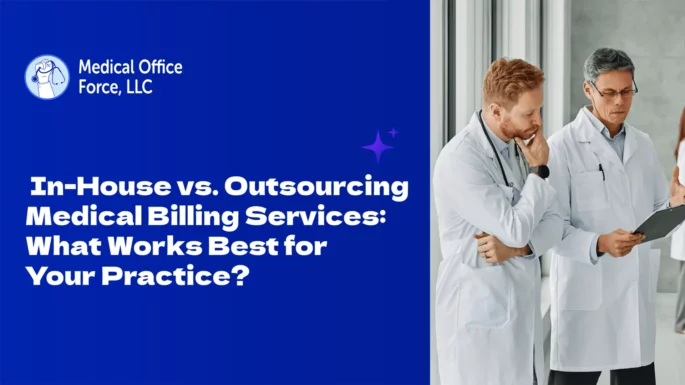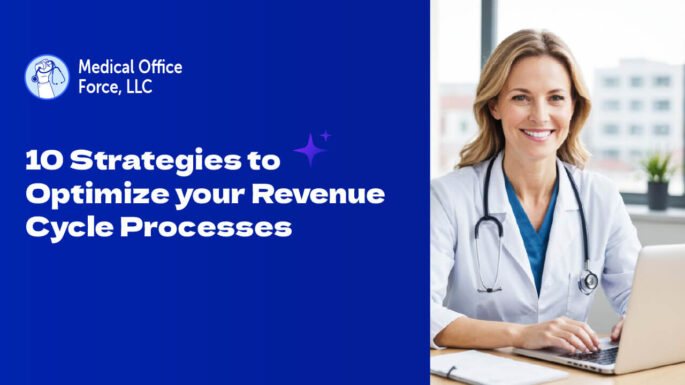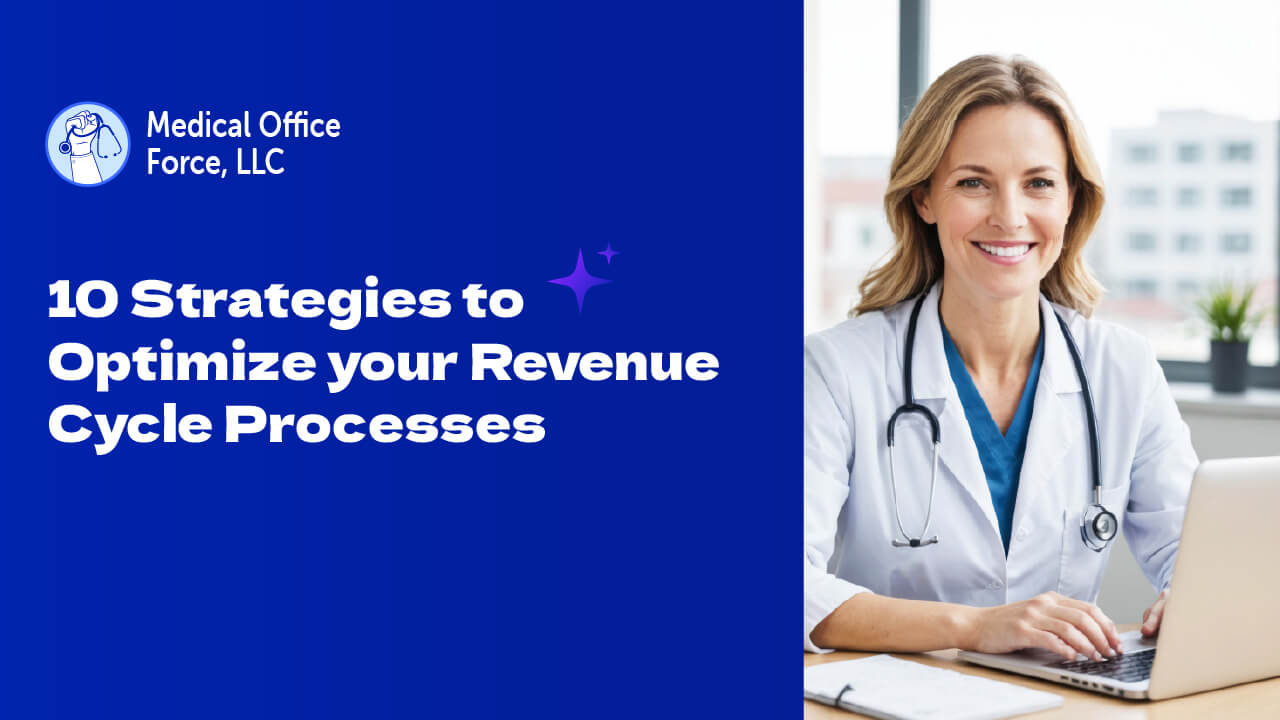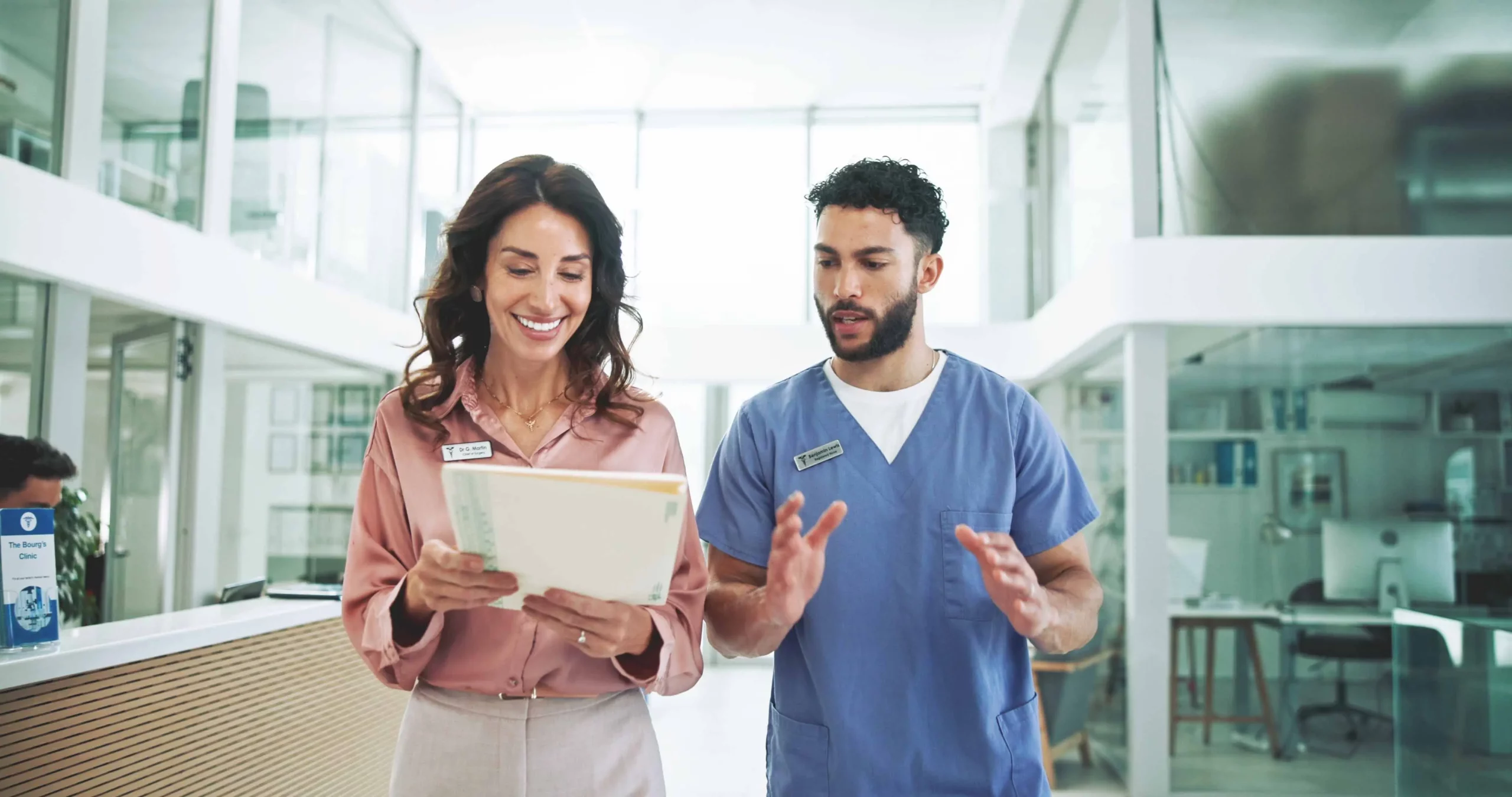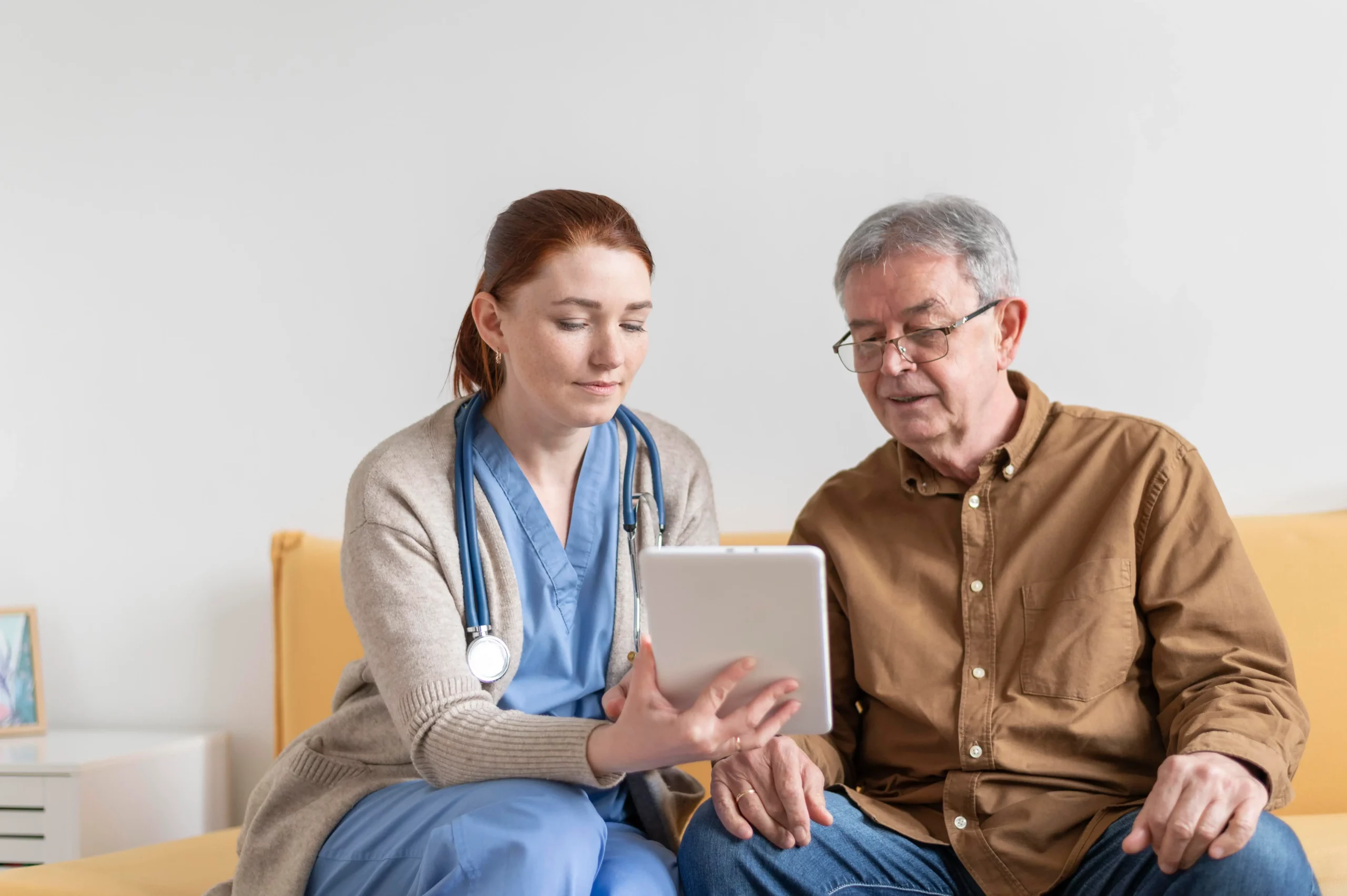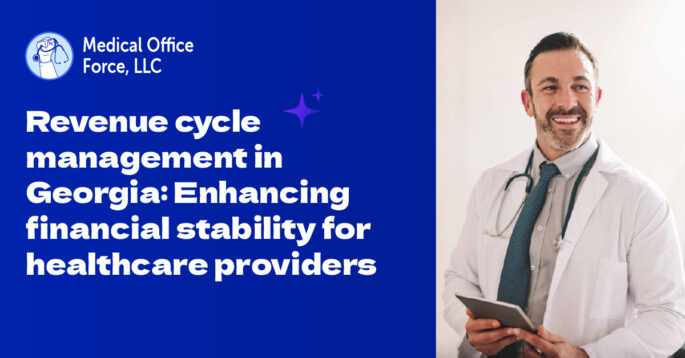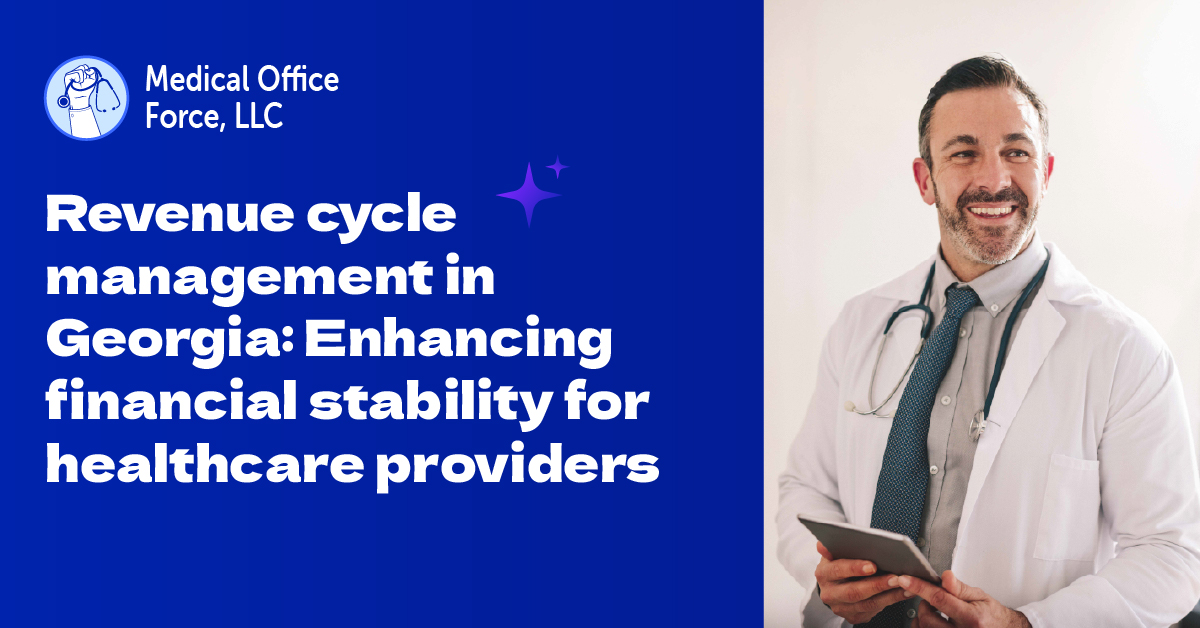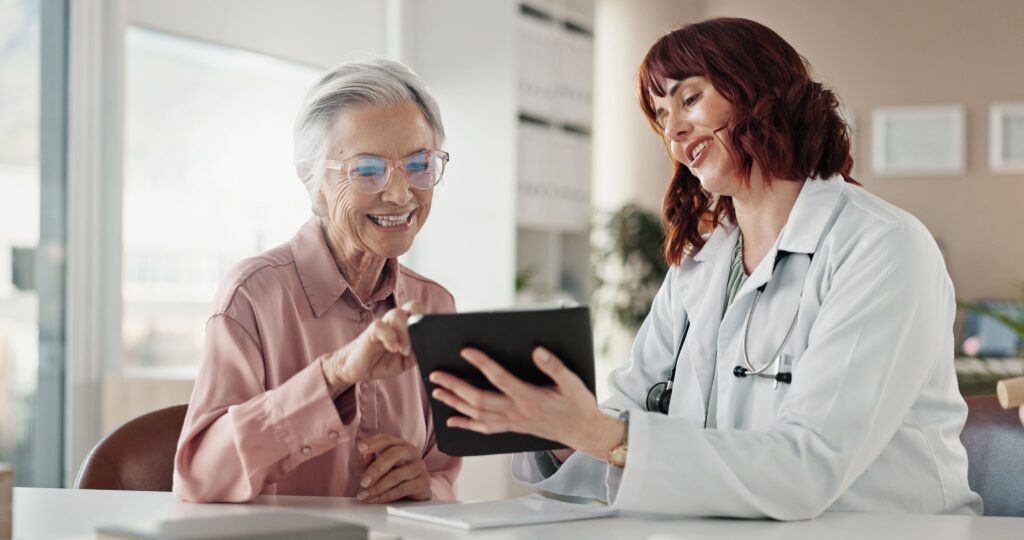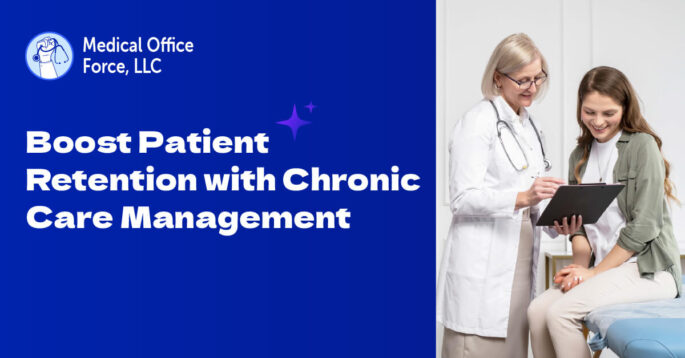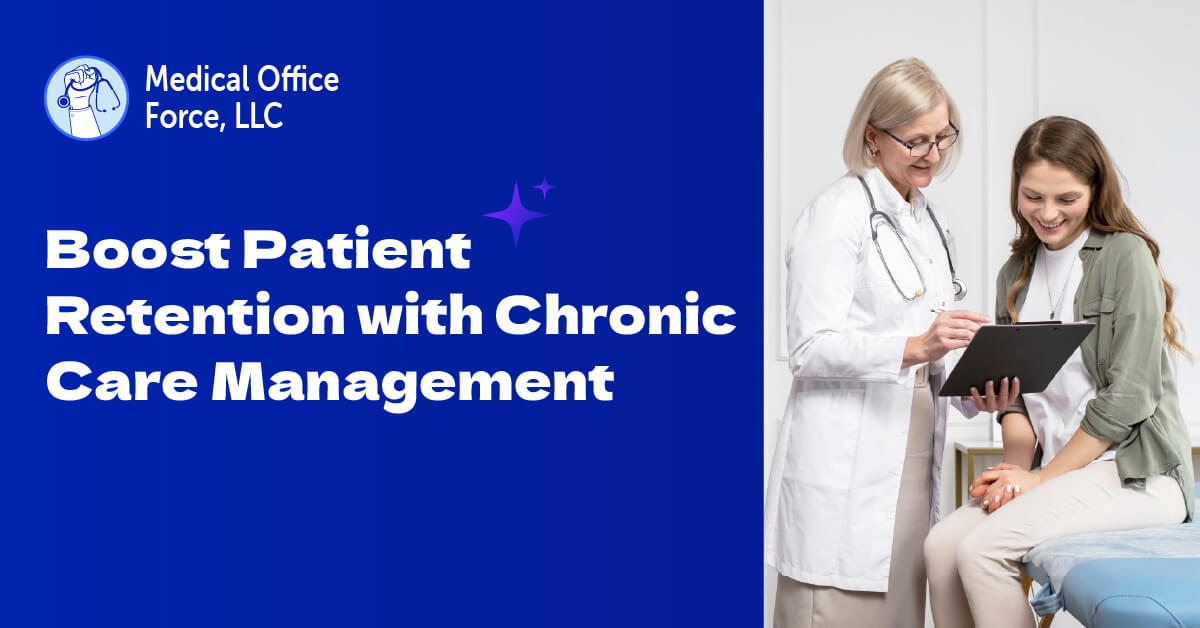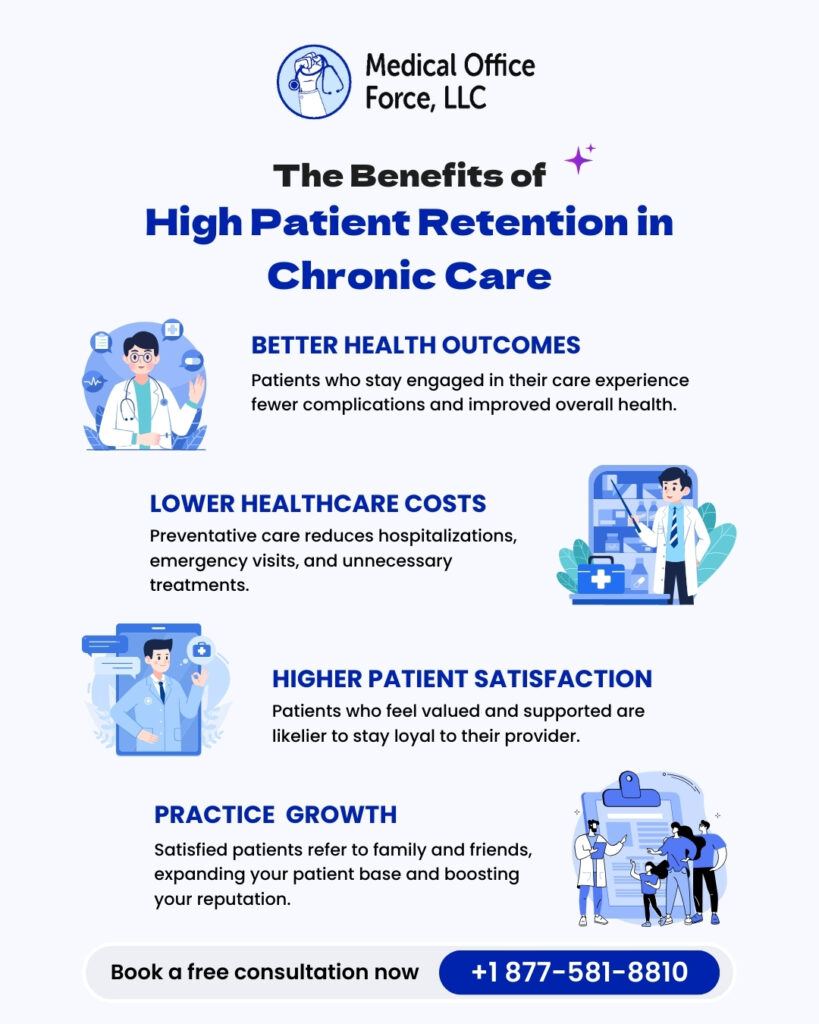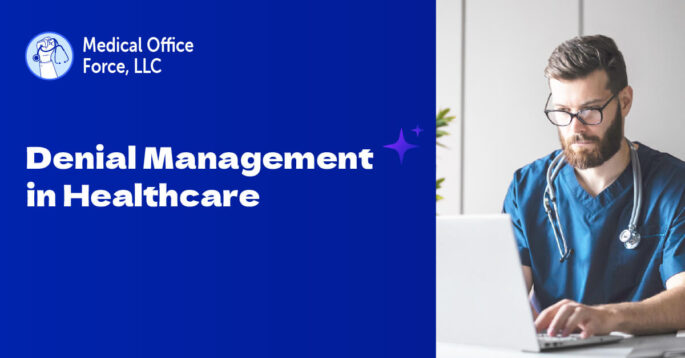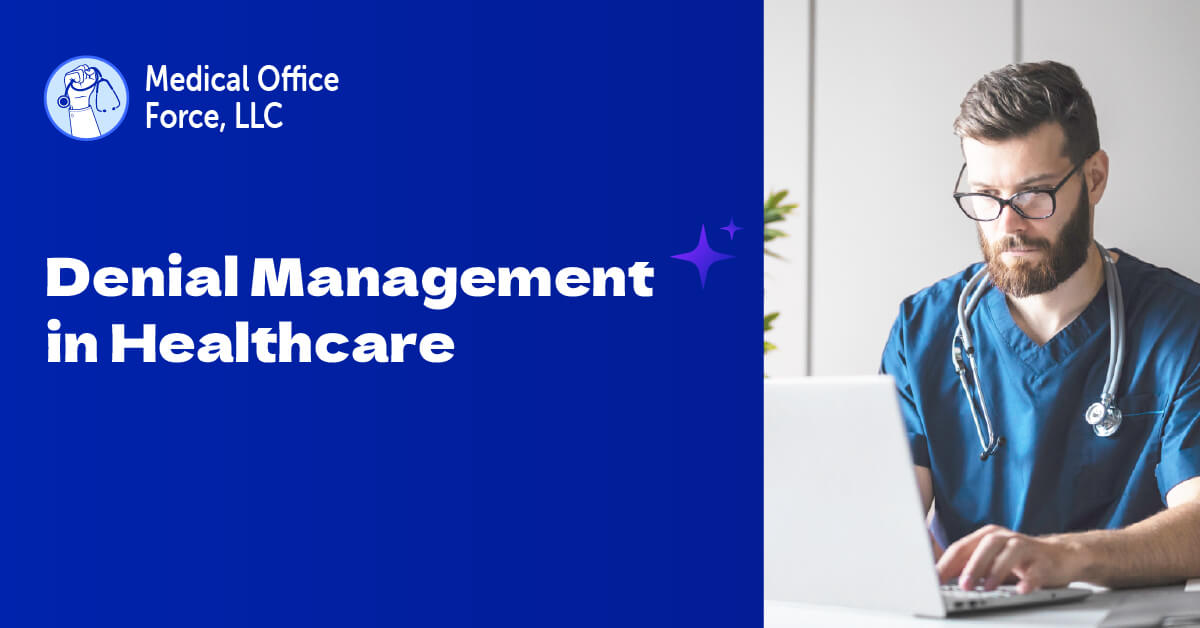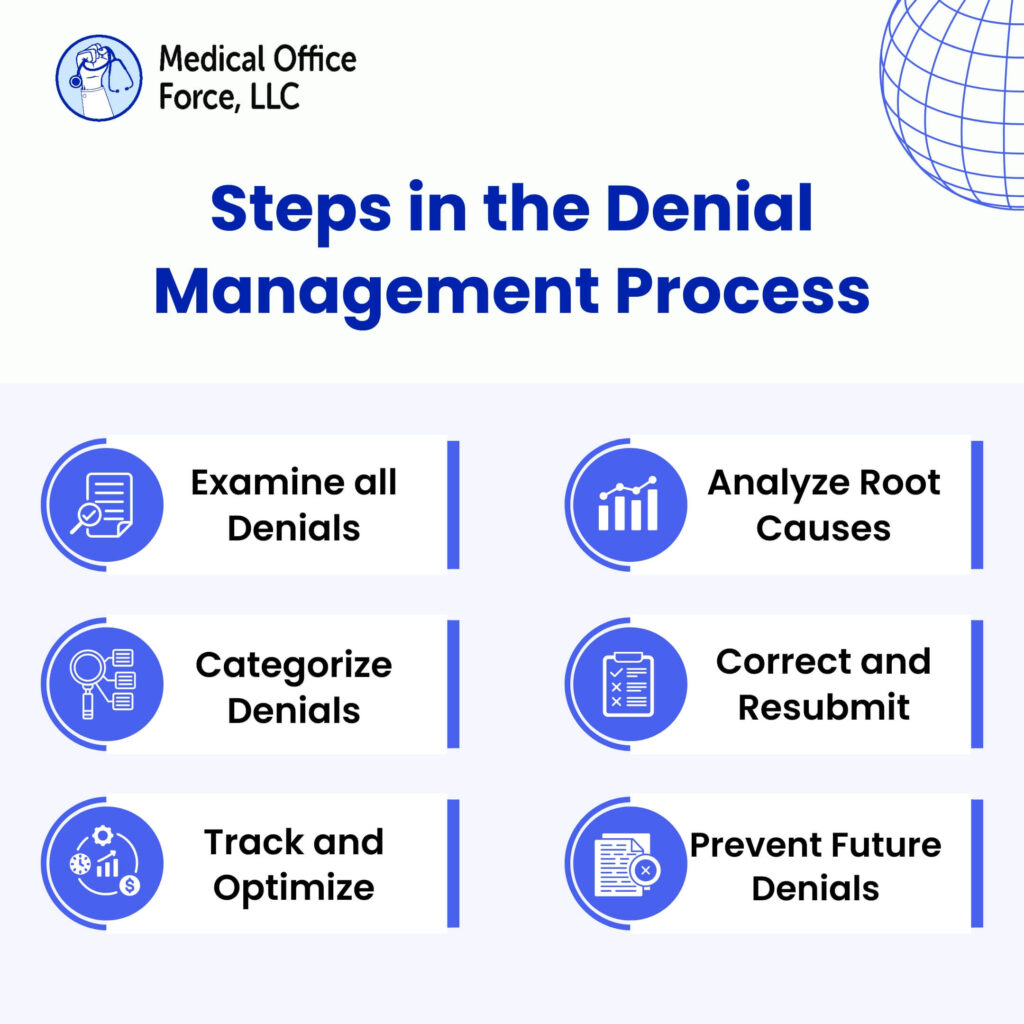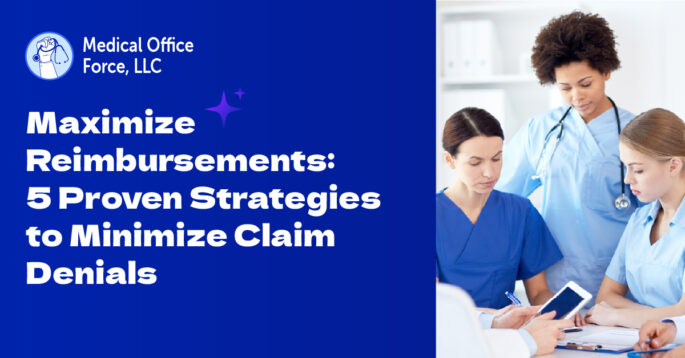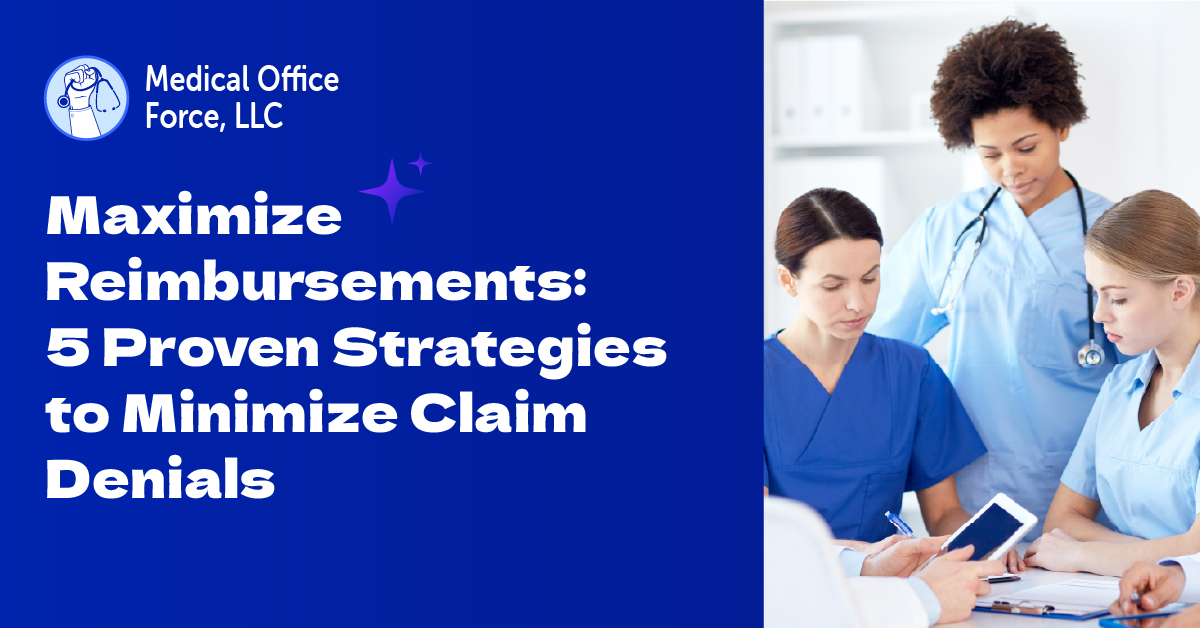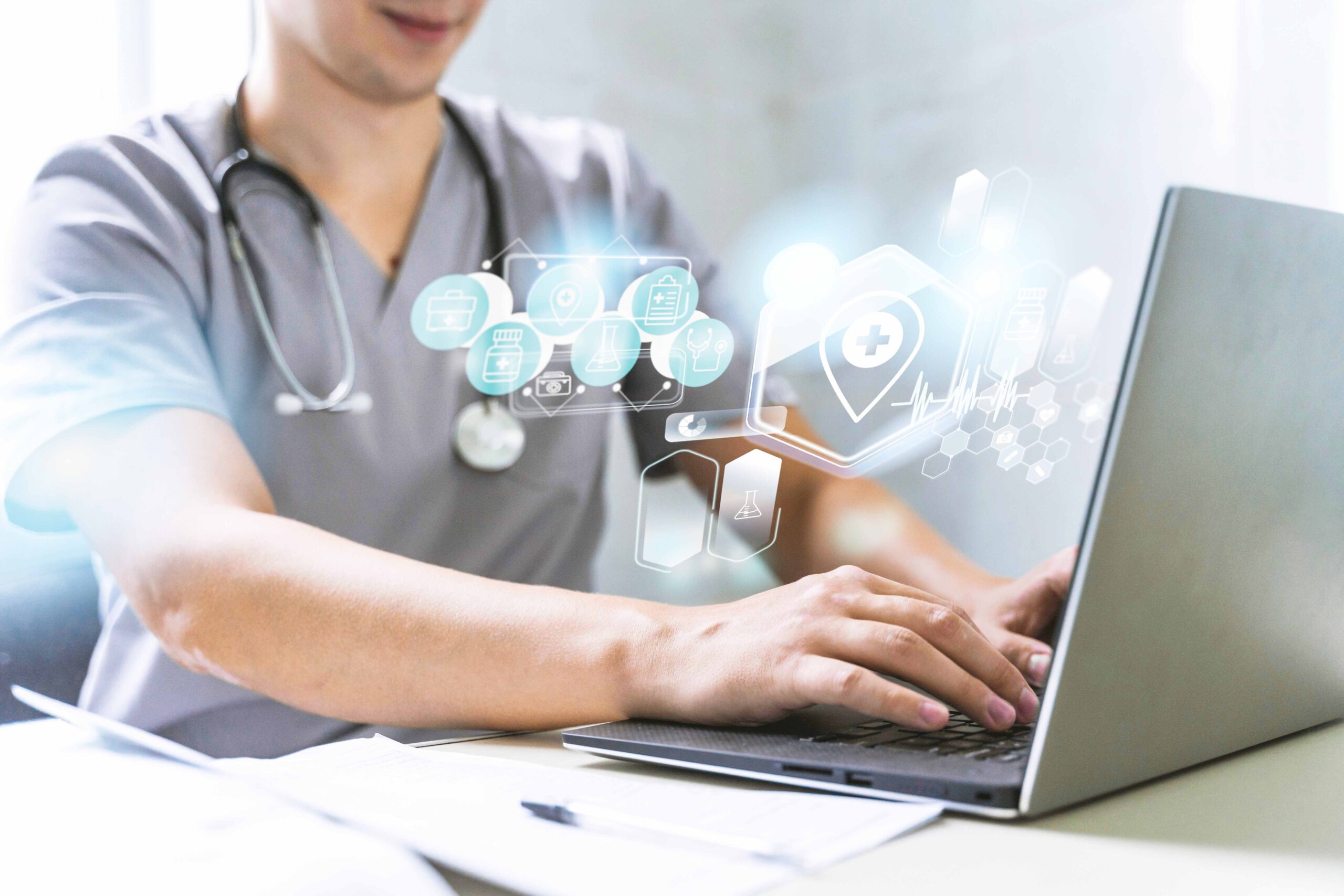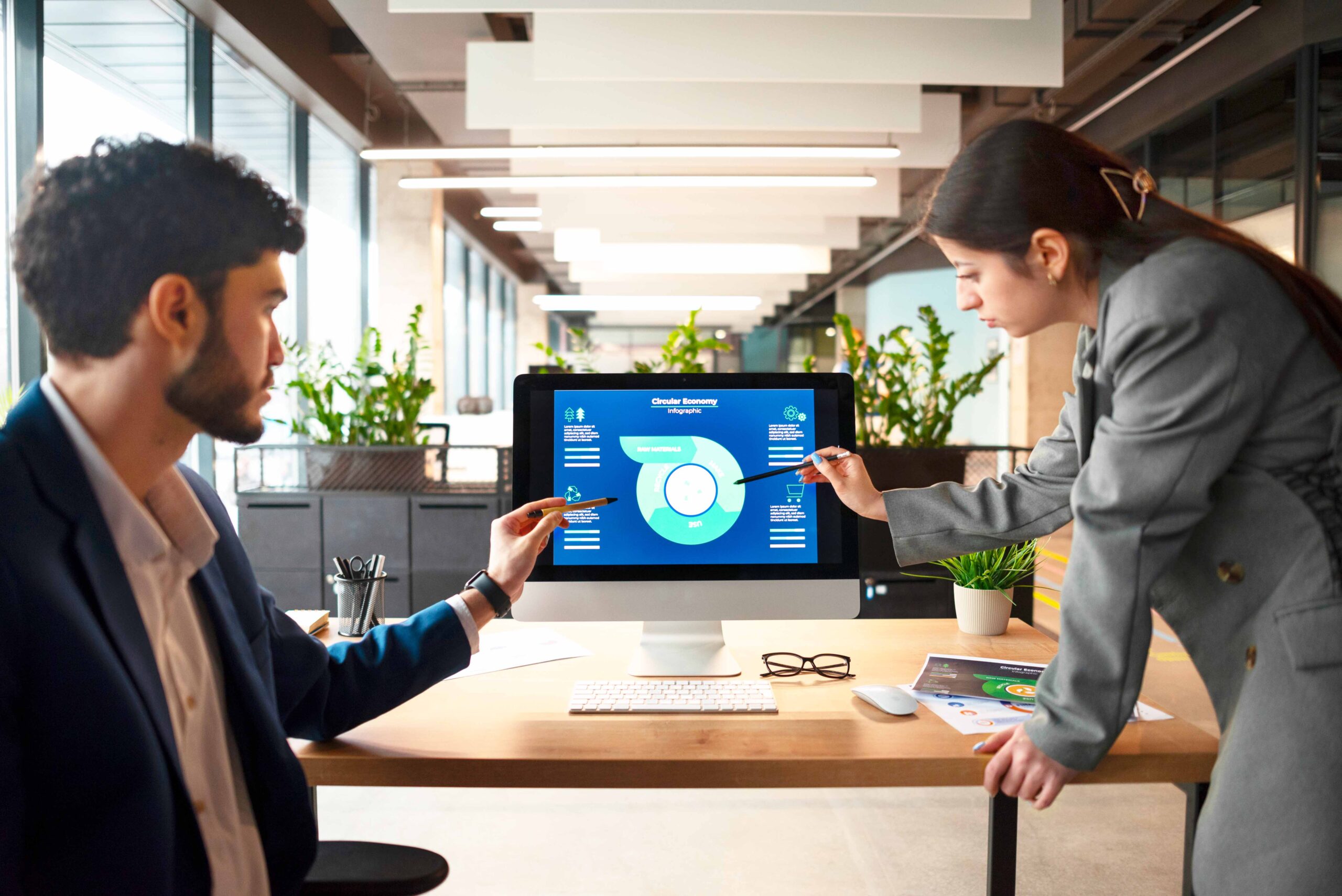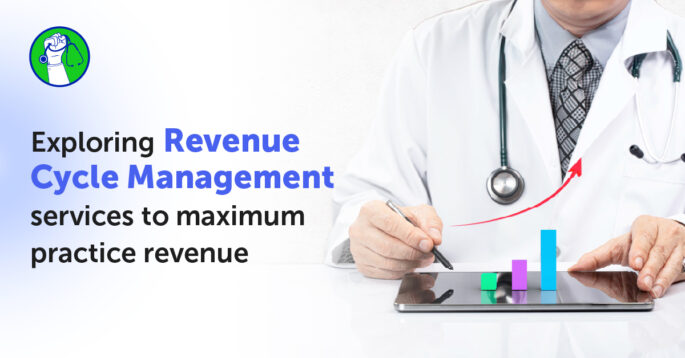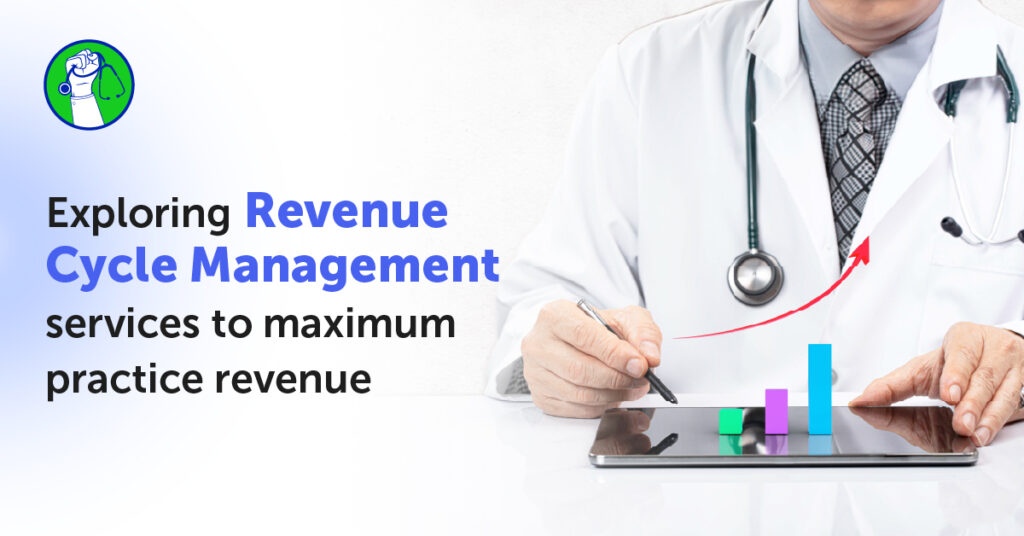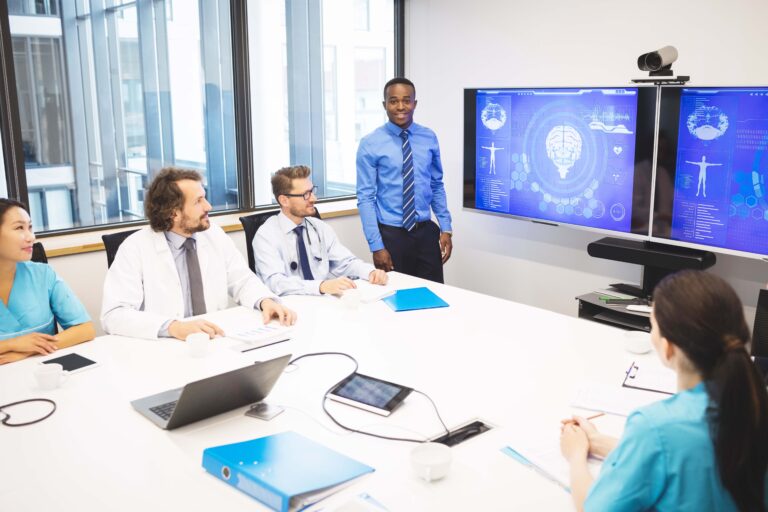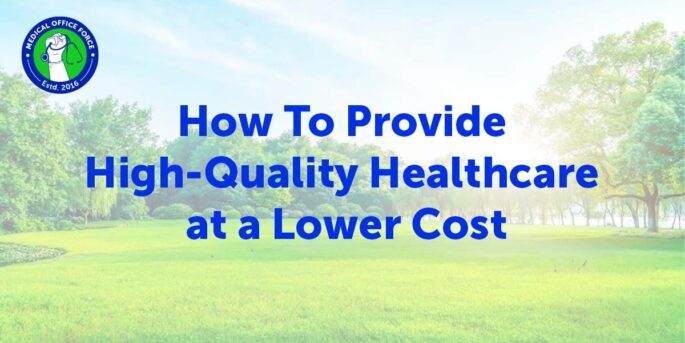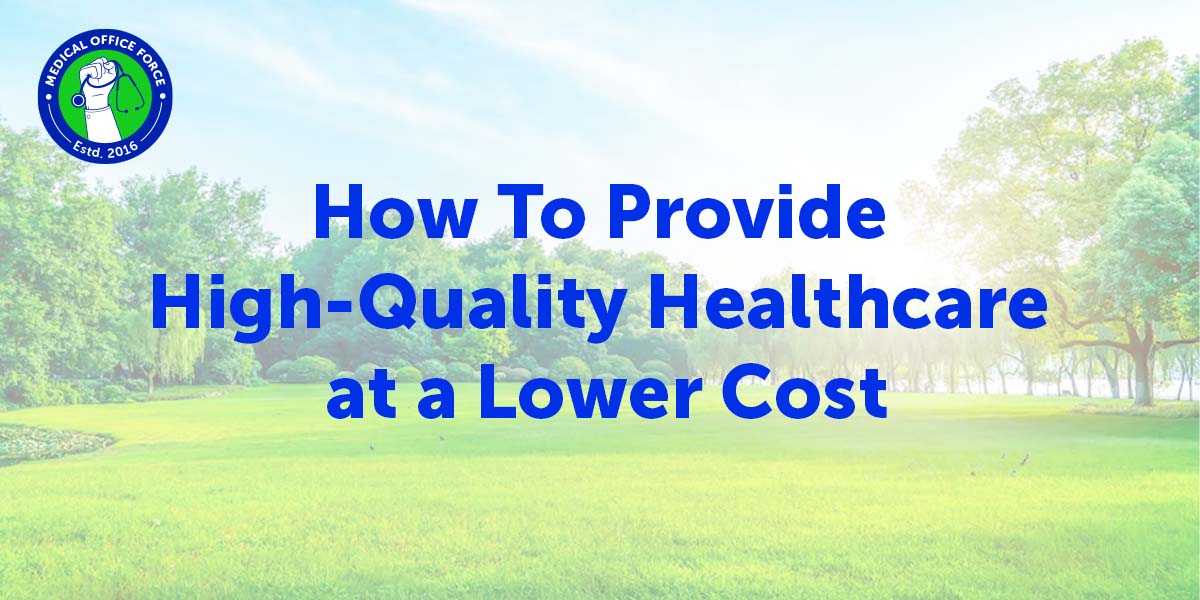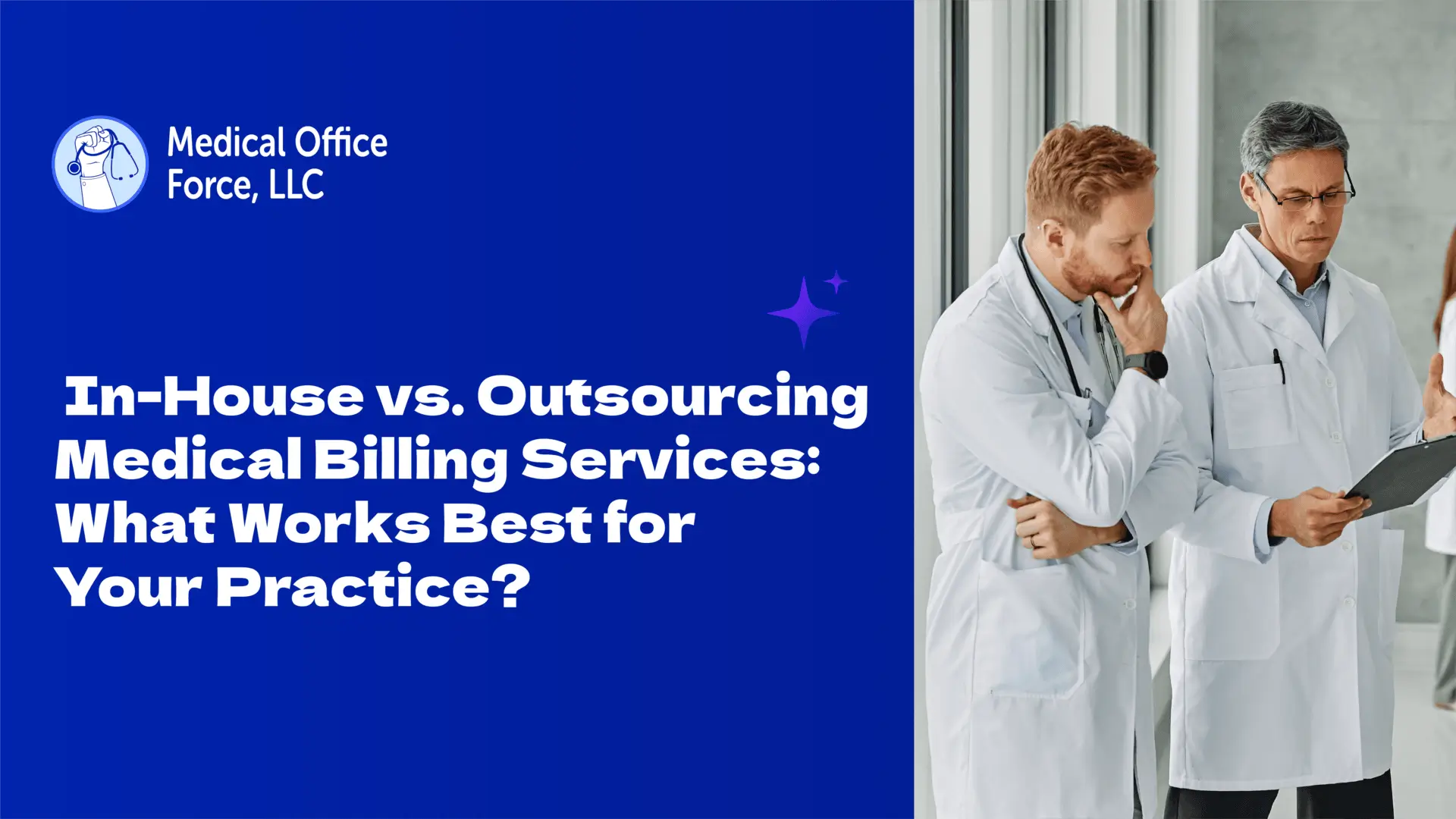
Introduction: Choosing the Right RCM Strategy for Your Practice.
Revenue Cycle Management (RCM) is the backbone of a healthcare organization’s financial health. Whether to keep medical billing in-house or hire a third-party medical billing company is one of the most important decisions healthcare providers and practice managers must make. The optimal decision varies based on numerous factors, including the age of the practice, the size of the local labor market, and the practice’s financial health.
Beyond clinical services, billing and RCM might be the most essential functions of your practice. Since your practice’s cash flow depends heavily on them, the choice between in-house and outsourced billing must not be made lightly. Before concluding, it’s crucial to thoroughly assess your cost, staffing, and volume metrics.
In this blog, we explore the pros and cons of both in-house and outsourced medical billing models to help healthcare practices, especially small to mid-sized providers, make an informed decision.
Understanding Revenue Cycle Management (RCM) Services
RCM refers to the financial process that uses medical billing software and administrative workflows to track patient care episodes from registration to final payment. It ensures that healthcare providers are paid accurately and promptly for their services. The U.S. Centers for Medicare & Medicaid Services (CMS) highlight that efficient RCM minimizes claim denials and enhances reimbursement rates, thus directly supporting financial performance.
(Source: Centers for Medicare & Medicaid Services – www.cms.gov)
In-House Medical Billing
Advantages:
1. Control Over Billing Processes: Practices maintain full oversight and can respond quickly to discrepancies.
2. Custom Workflow Capabilities: Processes and tools can be tailored to the specific needs of the practice.
3. Proximity and Coordination: Staff are present on-site, making communication between clinical and billing teams easier.
4. Stronger Patient Relationships: Familiarity with patients enhances service and trust.
5. Return on Investment: If you’ve already invested in software and trained billing personnel, continuing in-house billing may offer better ROI.
Disadvantages:
1. Higher Costs: Includes employee salaries, benefits, training, and technology maintenance.
2. Liability Oversight: Missed encounter forms and unprocessed claims can go unnoticed without strong oversight.
3. Staffing Risks: Illness or turnover among a small billing team can significantly impact cash flow.
4. Regulatory Burden: Continuous education and training are required to stay compliant with billing laws and standards.
In-House Medical Billing
Advantages:
1. Cost Savings: Outsourcing is typically more economical for startups and practices facing staff turnover.
2. Access to Industry Experts: Leverage experienced professionals who stay updated with changing regulations.
3. Advanced Technology: Vendors offer up-to-date billing platforms, reporting tools, and performance dashboards.
4. Performance Accountability: Vendors operate under contracts that define service-level expectations, including success rates for denial management.
5. Scalability and Flexibility: Vendors can scale operations quickly without the delays of hiring and training.
Disadvantages:
1. Reduced Oversight: Some providers may struggle with relinquishing control of financial operations.
2. Variable Costs: Most vendors charge a percentage of collections, making monthly billing expenses harder to predict.
3. Hidden Fees: Outsourcing contracts may include unexpected costs; reading fine print is essential.
4. Communication Delays: Geographic and organizational separation can cause inefficiencies in issue resolution.
5. Patient Disconnect: Third-party representatives may lack the personal connection patients expect.
(Source: U.S. Department of Health and Human Services – www.hhs.gov)
RCM Services Industry Trends and Government Guidelines
1. According to the American Hospital Association, over 90% of U.S. hospitals outsource at least one RCM function due to cost and performance benefits.
2. The Office of Inspector General (OIG) emphasizes the importance of regular audits to maintain compliance.
3. HIPAA-compliant data exchange is essential for all outsourced RCM providers.
When In-House Billing Makes Sense
1. Your practice has low patient volume.
2. Experienced billing staff are already in place.
3. You value full internal control over financial workflows.
4. You can afford ongoing training and tech upgrades.
When Outsourcing is the Right Fit
1. Your practice is growing or frequently experiences claim denials.
2. Internal billing is not cost-effective or sustainable.
3. You want to reduce administrative workload.
4. You need expert help with compliance and payer requirements.
Hybrid RCM Models: A Balanced Approach
Some practices adopt a hybrid model, outsourcing complex RCM tasks like coding and denial management while keeping patient-facing billing in-house. This strategy allows for flexibility, control, and efficiency.
Conclusion:
In-house billing provides full control and stronger patient relationships but comes with higher costs and staffing risks.
Outsourcing offers efficiency, access to advanced tools, and professional expertise, but it requires providers to manage vendor relationships and potential variability in cost.
There’s no universal solution. Practices must carefully consider size, staff availability, compliance risk, and growth trajectory before choosing a billing model.
MedicalOfficeForce.com helps providers evaluate and implement RCM solutions that match their specific needs and operational goals.
Medical Office Force supports healthcare providers across the U.S. with expert staffing and operational solutions. Our services include RCM support, regulatory compliance advisory, and back-office administration.
Let us help streamline your revenue cycle today.
Resources:
1. Centers for Medicare & Medicaid Services (CMS): www.cms.gov
2. U.S. Department of Health and Human Services (HHS): www.hhs.gov
3. Office for Civil Rights (OCR): www.hhs.gov/ocr


